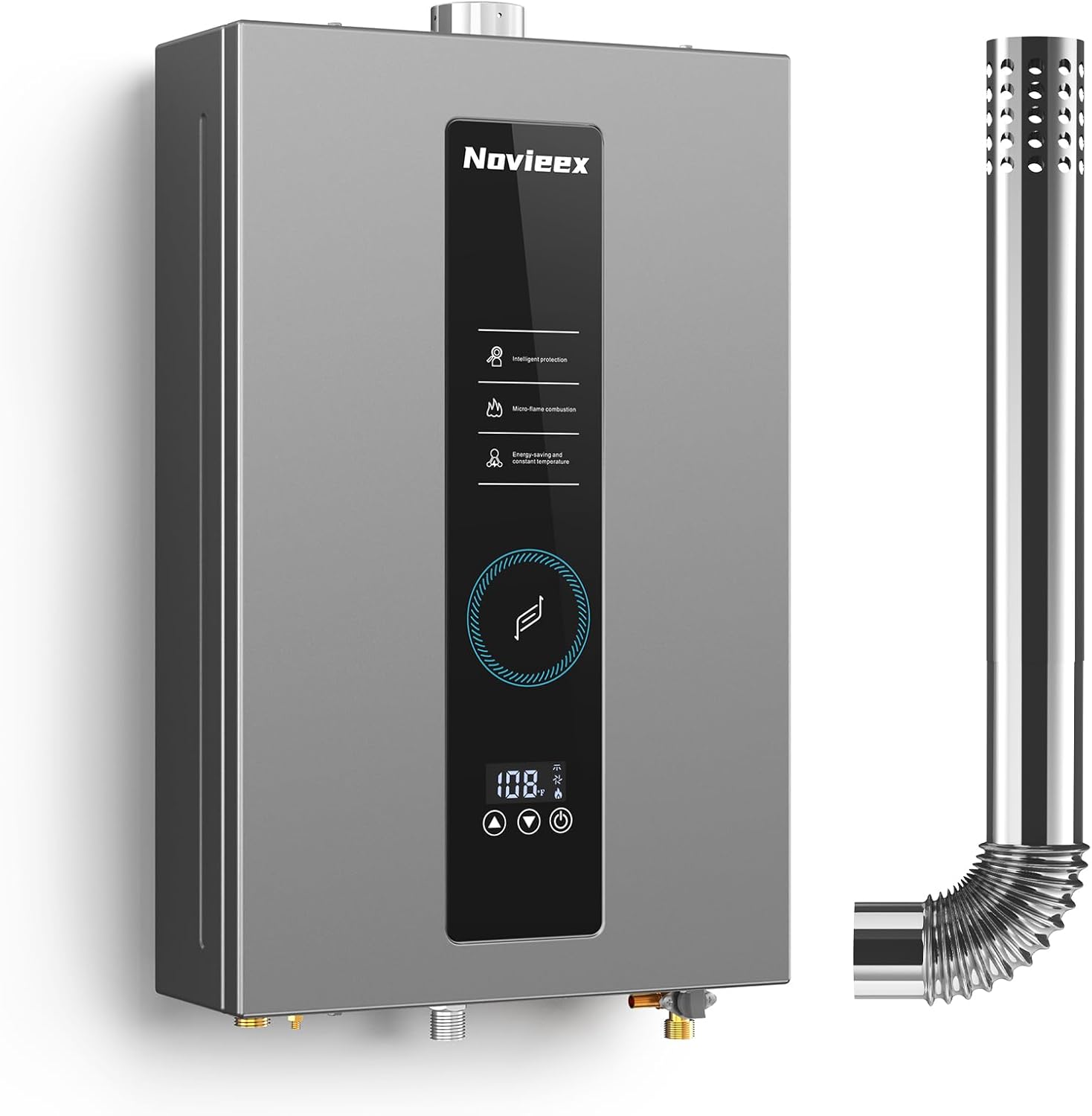Overnight and morning, lower when out or asleep.
You dread winter energy bills, yet shiver through evenings—balancing comfort and cost feels impossible, especially with fluctuating heating schedules.
The right heating timing can slash bills and boost warmth. In this guide, we’ll cover optimal hours, thermostat tricks, and system insights. For tailored advice, explore our heater maintenance tips to ensure efficiency year-round.

Key Takeaways
- Set heating for mornings and evenings; reduce when away or sleeping.
- Use a programmable thermostat to automate temperature adjustments.
- Regular maintenance, like bleeding radiators, improves efficiency.
- Adjust settings based on home insulation and external temperatures.

1. Morning Warm-Up (6-8 AM)
Start your day with warmth by setting the heating to activate 30 minutes before you wake. This period targets the coldest part of the day, ensuring a comfortable rise without overheating. Program your thermostat to reach 18-20°C (64-68°F), balancing energy use and coziness. This routine prevents sudden temperature drops that strain systems and spike bills. Efficient morning heating aligns with natural body rhythms, enhancing comfort. Always check that windows are sealed to retain heat. For optimal performance, consider a programmable thermostat to automate this schedule.
2. Daytime Settings (9 AM-4 PM)
Lower the heating to 16-17°C (61-63°F) when the house is empty. This reduction conserves energy while preventing pipes from freezing in very cold climates. If someone is home, maintain a steady 18°C (64°F) in occupied rooms only. Use zoning features or close doors to unused spaces. Bright, sunny days might allow further lowering as sunlight naturally warms interiors. Avoid turning the system completely off, as reheating later consumes more energy. This strategy is key for efficiency and cost savings. Regularly inspect insulation to support these settings.
3. Evening Comfort (5-10 PM)
Increase heating to 19-21°C (66-70°F) during evening hours when households are most active. This ensures comfort for relaxation and family time without waste. Focus heat in living areas and reduce it in bedrooms initially. A gradual warm-up avoids system overwork and maintains air quality. Use curtains to trap heat and block cold drafts. This timing leverages lower off-peak energy rates in some regions. For homes with heat pumps or boilers, consistent evening settings improve longevity. Always monitor humidity levels to enhance perceived warmth.
4. Overnight Reduction (11 PM-5 AM)
Drop temperatures to 16-17°C (61-63°F) overnight. Cooler sleep environments promote better rest and reduce energy consumption by up to 10%. Use extra blankets or bedding for comfort instead of higher settings. Ensure heating systems are off or in eco-mode during these hours. This practice also extends equipment life by reducing continuous operation. For very cold climates, set a minimum temperature to prevent issues. This approach is supported by health studies and energy experts. Always verify system settings before bed to avoid errors.
Summary Table
| Time Frame | Recommended Temp | Tips |
|---|---|---|
| Morning (6-8 AM) | 18-20°C (64-68°F) | Pre-warm before waking; use timers |
| Daytime (9 AM-4 PM) | 16-17°C (61-63°F) | Lower when away; use sunlight |
| Evening (5-10 PM) | 19-21°C (66-70°F) | Focus on living areas; close unused rooms |
| Overnight (11 PM-5 AM) | 16-17°C (61-63°F) | Use blankets; set eco-mode |
Final Words
Optimize your heating schedule around daily routines for maximum savings and comfort. Small adjustments lead to significant benefits over time. Stay warm efficiently!

